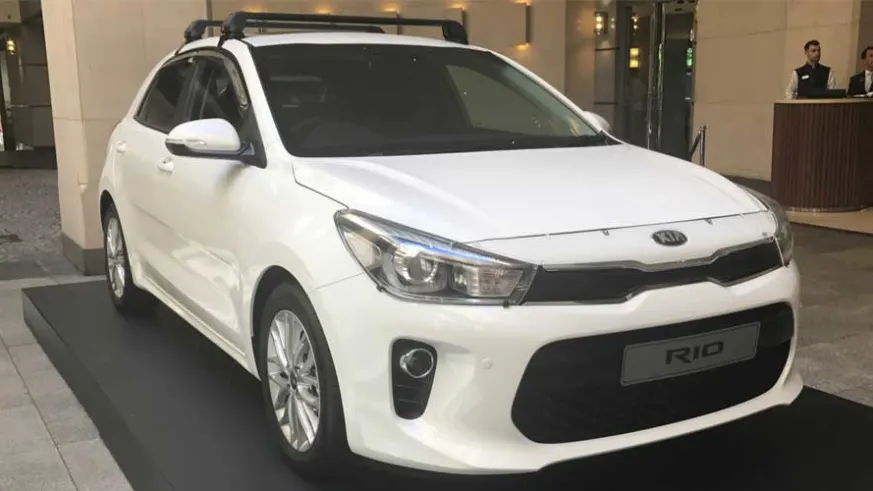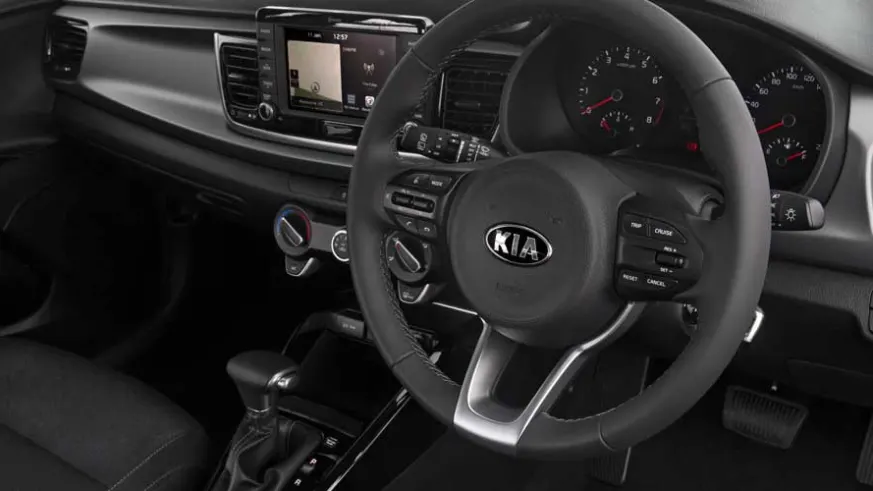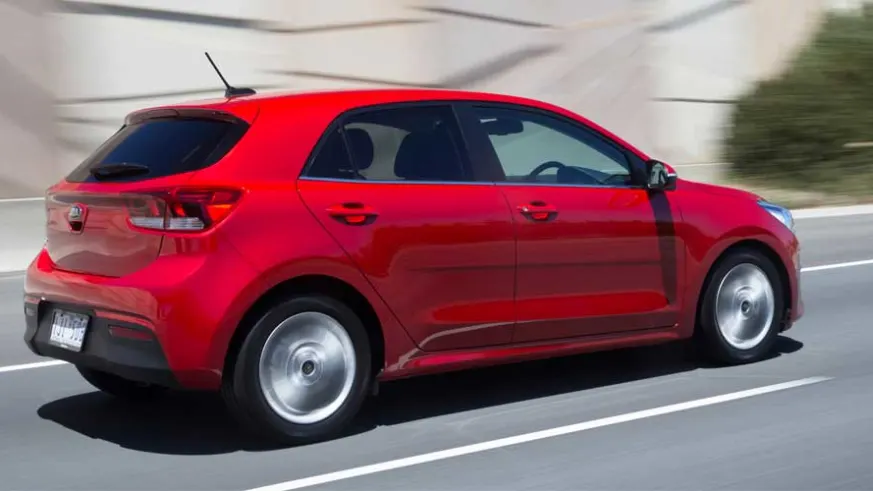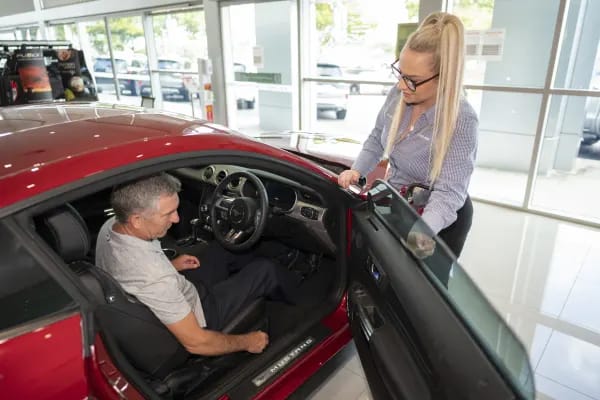
Review: 2017 Kia Rio
Posted in Vehicle Reviews
Review: 2017 Kia Rio
Pros
- Mature new styling
- Apple Carplay & Android Auto
Cons
- Previous drivetrain carryover
The Kia Rio is a solid choice among buyers looking for a well-built, practical small hatch.
Korea’s new model has grown up, so we took it for a ride.
After some initial quibbles over quality, Kia has grown into a brand respected and praised for its well-built, practical and stylish range. The new Rio is the latest by-product of the Korean brands push into being recognised as a major player in key segments of the Australian car market.

INITIAL IMPRESSION
Far from the ‘bubble’ phenomenon that gripped designers working on (particularly Asian) small cars through the middle of the 2000s and into the early 2010s – the new Rio’s design trends more towards conservative (in a good way.)
Angled lines massage the Rio all around into a vaguely ‘European’ hatch shape – reminiscent of premium vehicles, belied only by the sub-$20,000 entry price.
Stepping inside, the Rio follows the design queues of its stable mates, with soft-touch materials finished in black; joined in all models by a 7-inch multimedia screen with Apple CarPlay/Android Auto.

DRIVEABILITY
The Rio has always sat firmly in the camp of small cars ready for the everyday use: with little pretension towards carving out a sporty niche or offbeat quirkiness.
However, the previous drivetrain carries over from the Rio – a 1.4L engine (slightly detuned to comply with European emissions regulations) matched to a four-speed automatic or a six-speed manual (only available in the entry-level S models.)
Around town, the engine is a perfectly serviceable way of getting around. Setting off from a standstill, the Rio slips through traffic around town easily enough, and maintains energy around hills and keeping up with gaps in between lanes.
On the highway, though, a few extra gears in the automatic could better the engines performance – Kia reportedly wants to wait to introduce an even more efficient 1.0L turbocharged option later in the year before bolting on a new auto unit.
That said the Rio has picked up its game in other areas. Handling is improved all around: the new power steering system gives more direct feedback, while the suspension has been borrowed out of it’s bigger brother Cerato and pinched and pulled to create a more dynamic ride suited to Australian roads.
The new design is bigger all around (except for height), which makes the Rio feel even more solid on the road – you feel grounded even in slightly hairy conditions.
Overall, the Rio improves itself over the outgoing model throughout, with modern changes to the package that keep the Rio a convincing proposition.
LIVEABILITY
Despite the upgrades to the Rio, there is no change in price to the range, which already sets it up well for a fight against its competitors, who are always looking at ways to battle in a segment that has a razor thin profit margin.
The new Rio continues Kia’s march towards elbowing the big players out of the way by bumping up the value inside and under the skin, going above and beyond the new shape.
The new Rio’s shape increases everything but height for the hatch, with practical dimensions all around the cabin for passengers. Front passengers in particular are well bolstered and supported, while the rear seats are more than comfortable for passengers, even on extended journeys.
A class-leading inclusion of Apple Carplay/Android Auto software across the range makes the Rio one of the very few small cars to essentially insulate itself against developments in technology on the smartphone front (at least for the years that iPhones and Androids dominate our pockets.) Plus, on the Si and SLi, integrated satellite navigation bumps up the value even further.
Rear view camera and reverse parking sensors are standard across the range, but only the SLi gets a visual display of the sensors – but it’s not a majorly assistive feature – the camera and sensors work well in combination to the nearly flat rear windscreen to make parking the Rio simple to manoeuvre around (not that it was ever a tank to drive.)Dusk sensing auto headlights and daytime running lights are standard across the range, firming up the small hatches status as an all rounder.
Safety all around for the Rio is up with full suite of airbags (front, side, curtain), and the usual, mandated ABS and stability control with hill start assist is standard across the range.

COST
Prices for the MY17 remain unchanged from the previous model, starting from $16,990 for the Rio S, rising to $22,990 for the top-spec auto-only SLi.
Pricing excludes on-road costs such as registration, stamp duty, accessories and dealer delivery. Premium paint options (everything but Clear White) are $520 RRP.
Servicing is covered by Kia’s famous 7-Year Capped Price Servicing, Warranty and Roadside Assistance.
CONCLUSION
The new Rio cements its place as a genuine all-round threat to the big boys of the small car game. Improved tech and an appealing new sense of style are the big draws for the Rio, which is another building block in Kia’s unending march to topple the establishment of Australian’s bestselling carmakers.
To test drive the Rio, see the team at Motorama Kia and find out for yourself how new and improved the small Kia is.



